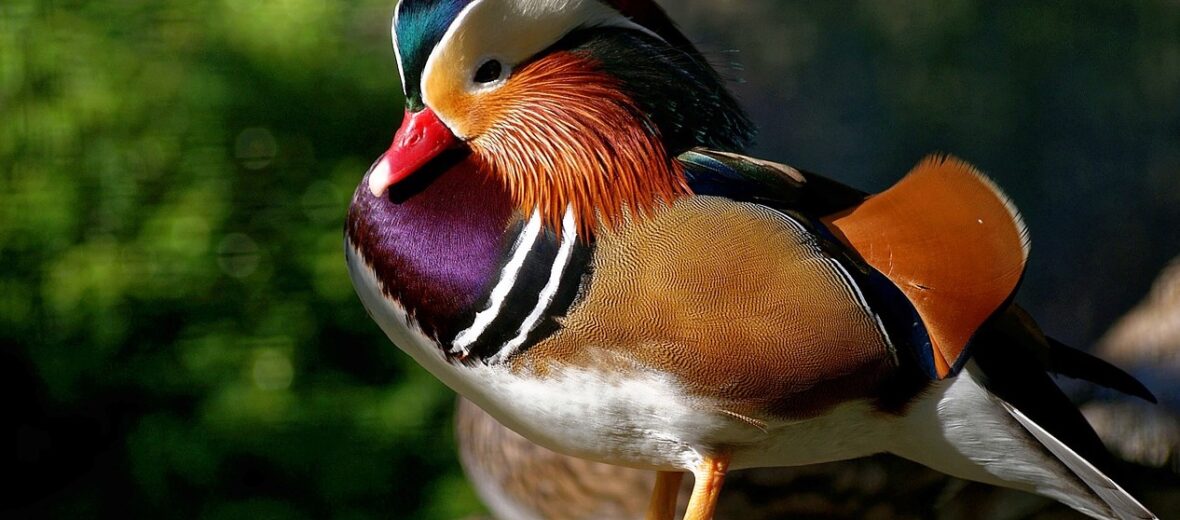
Per special request, I am doing an article on the duck. These birds are related to swans and geese. They are mostly aquatic birds living in both freshwater and saltwater habitats and they are found on every continent except for Antarctica. But then, not much does live in Antarctica, right? And remember, never feed ducks bread, at the park. It’s very bad for them. This article is dedicated to my friend, Allan.
First the Stats…
Scientific name: Anatidae
Weight: Up to 3.5 lbs
Length: Up to 26 inches
Wingspan: Up to 3.2 ft.
Lifespan: Up to 10+ years
Now on to the Facts!
1.) Diving as well as sea ducks search for food underwater. This is why they are heavier than dabbling ducks, who search for food on the water’s surface, just under the water’s surface, and on land. They don’t need that extra weight.
2.) A male is called a drake, a female is called a hen, and a baby is called a duckling.
3.) They have been domesticated as pets and farm animals for more than 500 years.
4.) These water fowl are omnivores. They feed on aquatic plants, small fish, insects, worms, grubs and more.
5.) The most common and recognized species is the Mallard. They exist on 6 continents.
But wait, there’s more about ducks!
6.) Water beads from their feathers due to how their feathers interlock and their natural waxy coating.
7.) Paradise Shelducks of New Zealand mate for life. This makes them monogamous.
Did you know…?
A duck’s quack actually does echo! It’s just so faint that it’s hard to hear.
8.) The white Pekin duck is farmed for meat and egg production.
9.) A duck’s webbed feet have no nerves and very few blood vessels, this makes them incapable of feeling the cold of the water in which they wade.
10.) The more daylight there is, the more eggs a hen produces.
But wait, there’s still more about ducks!
11.) Ducklings typically learn how to fly by the time they reach 2 months old.
12.) They have nearly a 340° field of vision! Their eyes are also shaped in such a way that they can see objects both close up and far away at the same time!
13.) Mallards stay alert even when they are sleeping. While sleeping in groups, the ducks acting as “guards”, on the outside of the group, sleep with one eye open to watch for predators.
Did you know…?
These critters have 3 eyelids and can also see in color.
14.) A group of these amazing birds is called a raft.
15.) Most bird species have what is called a “sequential molt” where they lose their flight feathers one at a time, this way the bird can still fly. Ducks go through a molt where they lose all their primary feathers at once. This inhibits flying at all for about 20 – 40 days.
Now a Short Duck Video!
Want to suggest a critter for me to write about? Let me know here.



